Fragments of Discontinuous Dna Synthesis Are Called
Lagging strand is one of the two strands of DNA being produced during the. The discontinuous replication results in several short segments which are called Okazaki fragments.
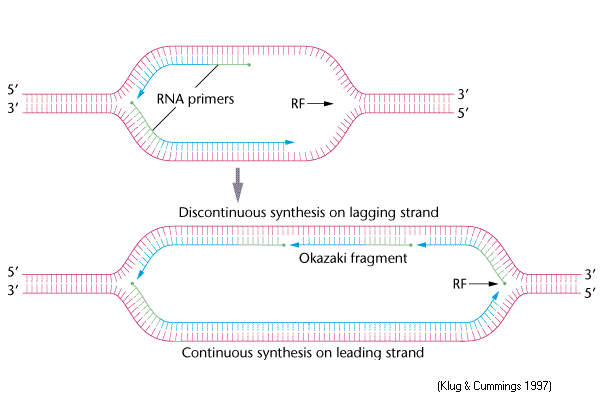
Continuous Discontinuous Synthesis
Discontinuous replication The synthesis of a new strand of a replicating DNA molecule as a series of short fragments that are subsequently joined together.
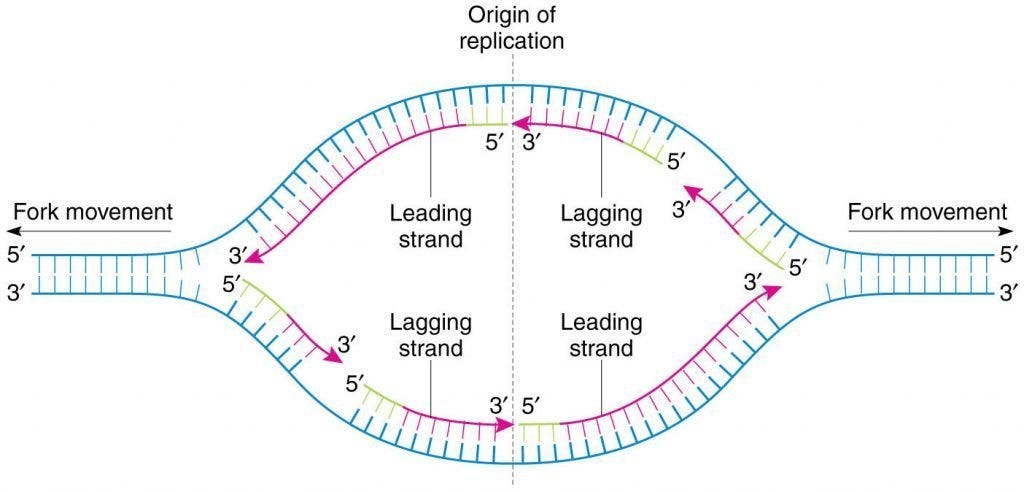
. It forms Okazaki fragments on the lagging strand that are ligated later by DNA ligase. Primers are attached to unzipped DNA by enzymes called primases. YOU MIGHT ALSO LIKE.
Synthesis of the lagging strand proceeds not continuously as on the leading strand but discontinuously in a series of repeated steps. Discontinuous replication The synthesis of a new strand of a replicating DNA molecule as a series of short fragments that are subsequently joined together. The lagging strand does so discontinuously in segments called Okazaki fragments.
Since each Okazaki fragment needs a primer to start it off discontinuous synthesis would need just as. Okazaki fragments are short sequences of DNA nucleotides approximately 150 to 200 base pairs long in eukaryotes which are synthesized discontinuously and later linked together by the enzyme DNA ligase to create the lagging strand during DNA replication. It is essential as it allows for the synthesis of both the daughter strands required for cell division.
Only one of the new strands the so-called lagging strand is synthesized in this way. Okazaki fragments are small sections of DNA that are formed during discontinuous synthesis of the lagging strand during DNA replication. Why is DNA replication discontinuous in the lagging strand.
Each section begins with an RNA primer. DNA polymerase I recognizes a nick or break in the phosphate backbone and then removes each RNA primer and fills the gaps with DNA. The other strand leading strand is synthesized by continuous addition of nucleotides to the growing end ie.
Fragments of discontinuous DNA synthesis are called _____ Okazaki fragments. Click to see full answer. Discontinuous synthesis The leading strand is synthesized continuously and the lagging strand is synthesized discontinuously in the form of short fragments each growing in the correct 5-3 direction.
Gaps in the sugar-phosphate backbone of DNA are closed by _____ DNA ligase. The lagging strand is a single DNA strand that during DNA replication is replicated in the 5 - 3 direction opposite direction to the replication fork. So-called Okazaki Fragments are joined together.
These fragments are short sequences or fragments of DNA nucleotides having about 150 to 200 base pairs in the case of eukaryotes. On the lagging strand DNA synthesis restarts many times as the helix unwinds resulting in many short fragments called Okazaki fragments DNA ligase joins the Okazaki fragments together into a single DNA molecule. Fragments of discontinuous DNA synthesis are called _____ Okazaki fragments.
The synthesis of such fragments this discontinuous and these fragments are later joined together by an enzyme called DNA ligase. Joining of the fragments leads to the formation of a lagging strand in the process of DNA replication. Discontinuous DNA synthesis occurs in the 5 3 direction on the.
Okazaki fragments are involved in the replication of the leading strand in a replication bubble. Why is the lagging strand synthesized discontinuously. They are important because they allow for both daughter strands to be synthesized which are.
Discontinuous replication produces a series of short DNA fragments Okazaki fragments complementary to the template strand. These small fragments of DNA are called Okazaki fragments. DNA ligase then covalently links the phosphate backbone.
This discontinuous synthesis results in the generation of fragments on the lagging strand called Okazaki fragments. Lagging strand synthesis is discontinuous in that it occurs in several small chunks one after another. Since the lagging strands run in the 3 to 5 direction the DNA synthesis on the lagging strand is discontinuous.
DNA polymerase can work continuously toward the replication fork only on one strand the leading strand while on the other strand the lagging strand it must proceed away from the replication fork. The role of Okazaki fragments is to permit the DNA polymerase to synthesise the lagging strands in the segments as it is not correctly oriented for. Which unwinds the helix to provide single-stranded template for DNA polymerase to be able to build a complementary strand.
Discontinuous DNA synthesis however produces 50 million Okazaki fragments. Since DNA polymerase can synthesise DNA only in 53 direction DNA synthesis occurs discontinuously on the lagging strand. Gaps in the sugar-phosphate backbone of DNA are closed by_____.
Which enzyme carries out this reaction. Synthesis of new strand occurs discontinuously in a series of short DNA fragments called Okazaki fragments and the strand being synthesised is called lagging strand. Synthesis of DNA by DNA polymerases occur only in 53 direction.
Okazaki fragments are the short DNA fragments on the lagging strand formed during DNA replication. On the upper lagging strand synthesis is discontinuous since new RNA primers must be added as opening of the replication fork continues to expose new template. Okazaki fragments are short sections of DNA formed at the time of discontinuous synthesis of the lagging strand during replication of DNA.
What is true about the lagging strand during DNA replication. DNA replication is said to be. Helicase opens up the DNA at the replication fork.
Thus the DNA polymerase complex must move backwards away from the replication fork. These vary in length being about 100200 nucleotides in eukaryotes and 10002000 nucleotides in. Since its half continuous and half discontinuous we call it semi-discontinuous.
Leading strand synthesis is continuous in that it occurs without stopping from one end to the other. DNA strands are antiparallel. DNA is added to the lagging strand in discontinuous chunks called okazaki fragments.
These Okazaki fragments are then joined by DNA ligase. The enzyme primase adds primers after every fragment is formed. Gaps in the sugar-phosphate backbone of DNA are closed by.
Since continuous DNA synthesis makes only one strand it needs only one primer to start it off. This delay occurs because DNA polymerization on the lagging strand is forced to occur in the direction going away from the replication fork. 16 - DNA - Molecular Basis of Inheritence.
In time the gragments are joined together to form a continuous strand. Fragments of discontinuous DNA synthesis are called _____. Small discontinuous fragments of DNA called Okazaki Fragments need to be joined together to form a complete strand.
7 Dna Synthesis Is Continuous And Discontinuous And Takes Place At Moving Replication Forks Labxchange

Dna Replication Leading Strand Vs Lagging Strand Okazaki Fragments Youtube
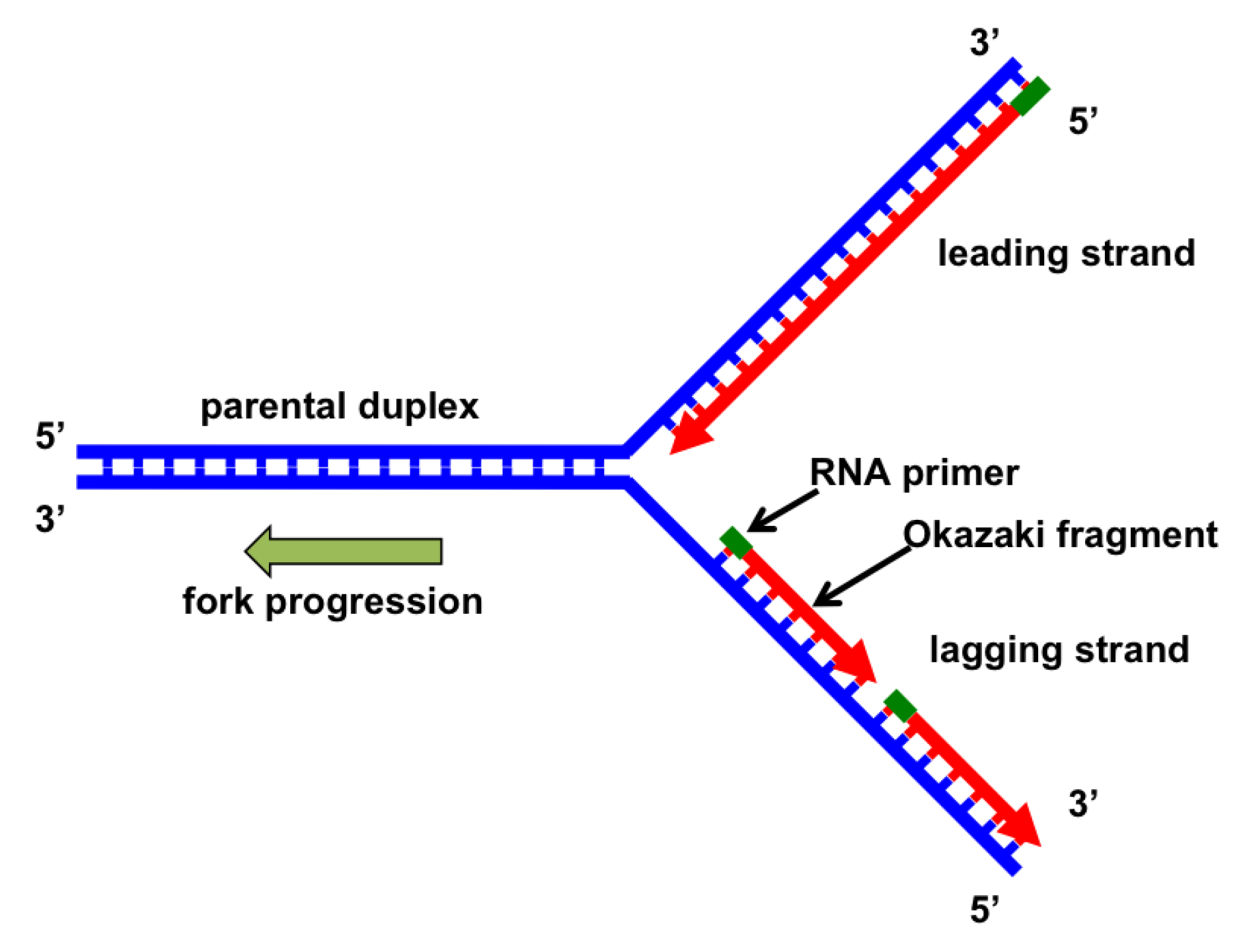
Genes Free Full Text The Replication Fork Understanding The Eukaryotic Replication Machinery And The Challenges To Genome Duplication Html

Dna Replication By Biology Experts Notes Medium

Dna Replisome Replication Complex

Lagging Strand Dna Replication Dna Biochemistry

The Enzymes Responsible For The Unwinding Of The Double Helix During The Process Of Replication Are Calle Dna Replication Plant Cells Worksheet Cells Worksheet

ป กพ นโดย Andrea Robles ใน Mcat เทคโนโลย การศ กษา ช วว ทยา

Primer Molecular Biology Wikipedia The Free Encyclopedia Dna Helicase Dna Replication Dna Polymerase

Dna Replication Of The Leading And Lagging Strand Learn Science At Scitable Dna Polymerase Dna Replication Dna

Concept Map Dna Replication Follow For More Biology Obsessionist Best Coaching For Neet Jee Edugene Neetjee Reach Us Emotional Photos New Mothers Emotions

Dna Replication Concept Map Teaching Biology Biology Lessons Study Biology

Tj The Enzymes A Portion Of The Double Helix Is Unwound By A Helicase A Molecule Of A Dna Polymerase Binds To One St Dna Ligase Dna Polymerase Study Biology

Difference Between Leading And Lagging Strand Dna Replication Study Biology Dna
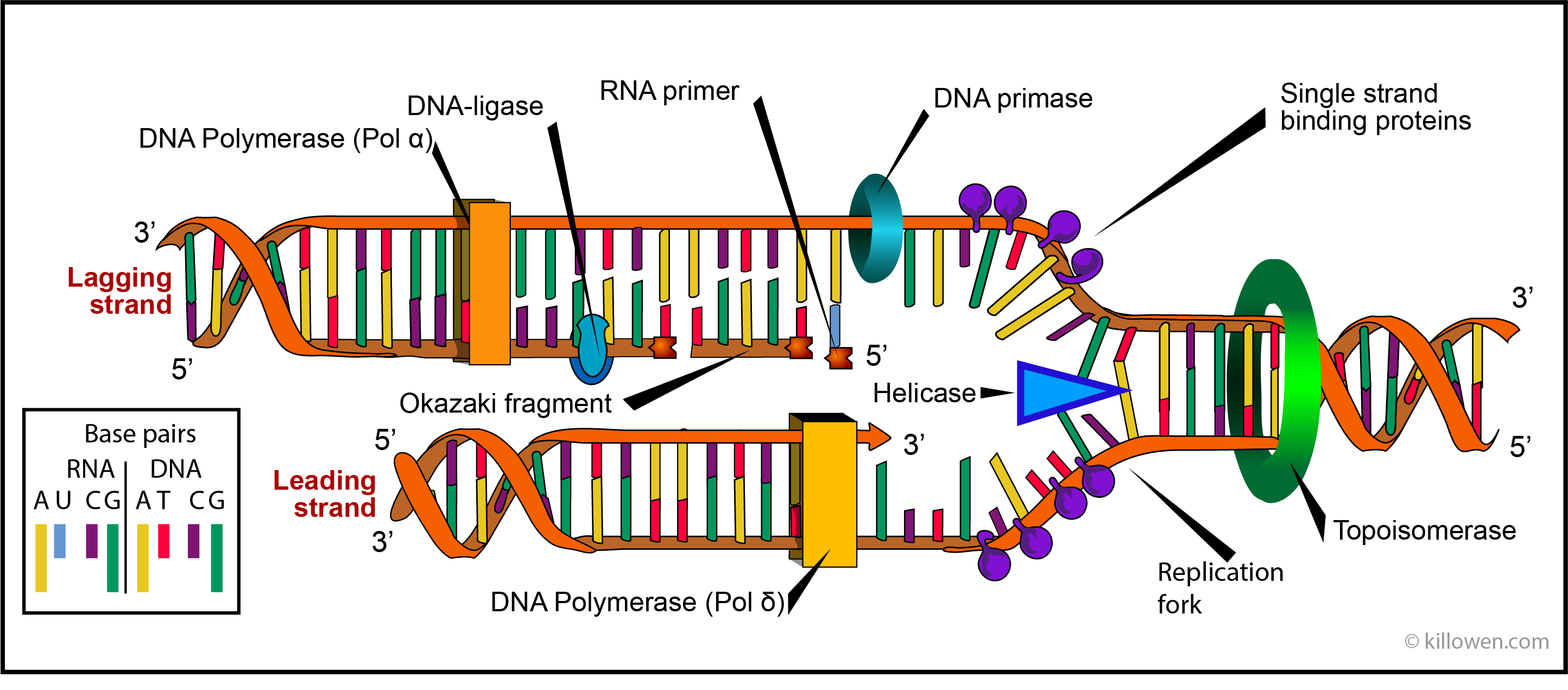
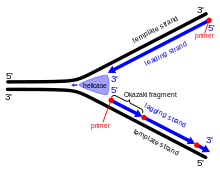


Comments
Post a Comment